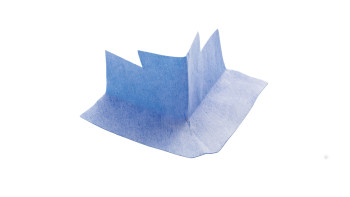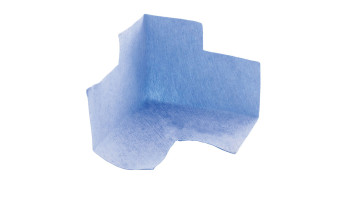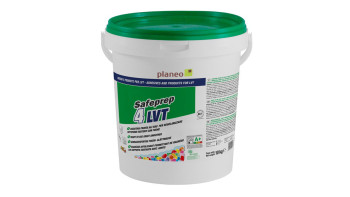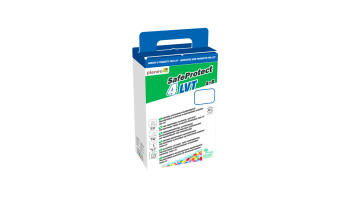Service
Contact
Service times
Mo - Fr: 8:00 - 17:00 Uhr
Sa: 9:00 - 14:00 Uhr
Select delivery country









